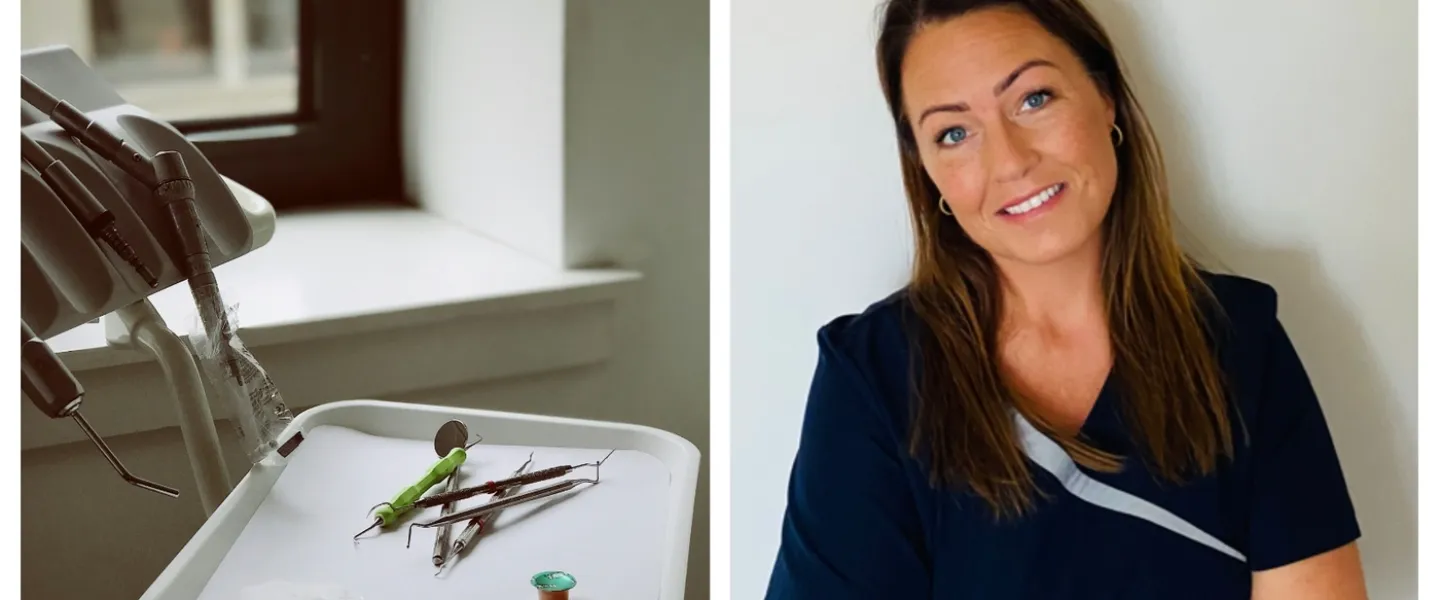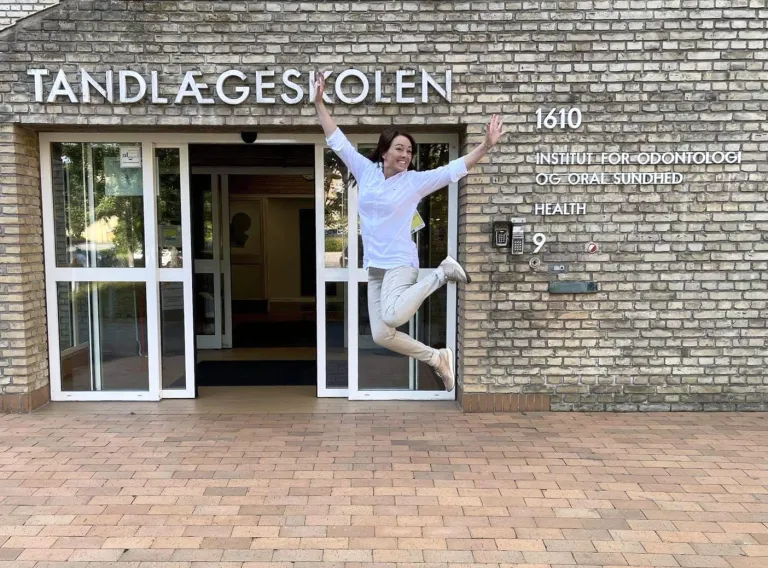
Nearly 5,700 dental procedures under general anaesthesia were performed on children between 2004 and 2017. Most of these cases involved children aged 0–6, while the fewest were in the 12–18 age group. The number of procedures rose following the introduction of a contract between Iceland Health (Sjúkratryggingar Íslands) and the Icelandic Dental Association (Tannlæknafélag Íslands), providing free dental care for children under the age of 18. These findings come from a study by Margrét Huld Hallsdóttir, a dentist and orthodontic specialist, who completed her master’s degree in dentistry at the University of Iceland in February.
“The purpose of the study was to describe the frequency of cases, types of treatments, age distribution, and composition of the group of children in Iceland requiring general anaesthesia due to dental or oral issues. Additionally, I examined the impact of the 2008 economic collapse and the introduction of the agreement with Icelandic Health for approximately free dental care for children on the frequency of dental procedures under general anaesthesia,” Margrét Huld says.
Study inspired by a British TV programme
Margrét Huld’s primary interest lies in orthodontics. Between starting her master’s degree in Iceland and completing it, she moved to Denmark to specialize in orthodontics. Her research can be categorized as dental public health. When asked about the inspiration for her study, Margrét Huld explained that she saw a British TV programme discussing the use of general anaesthesia for children, including for dental treatments. “This made me wonder how such matters were handled in Iceland. As a dentist, I had received inquiries about paediatric dental procedures under general anaesthesia in Iceland but found it frustrating that such information was not readily accessible."
Comparing bills from dentists and anaesthesiologists
The study is a quantitative, descriptive analysis based on secondary data. The data was sourced electronically from Iceland Health. “The data collection was done with the help of IT professionals who normally process data for Iceland Health. I created a template to extract exactly the information needed. The data consisted of all dental bills for children aged 0–18 who underwent dental treatments under general anaesthesia between 2004 and 2017,” Margrét Huld explains.
Key variables analysed included age, gender, year of procedure, number of dentists and anaesthesiologists involved, children’s health status (e.g., special needs), types of dental procedures, and costs covered by Icelandic Health. Patients were divided into three age groups: 0–6, 6–12, and 12–18 years. For each child undergoing a dental procedure under general anaesthesia, two separate invoices were recorded in Iceland Health’s data: one from the dentist and one from the anaesthesiologist. It was not possible to determine from the dentist’s bill whether the procedure involved anaesthesia, nor to ascertain the type of dental procedure from the anaesthesiologist’s bill. “Thus, it was necessary to merge these two databases, the dental bills and the anesthesiologist bills. The comparison group consisted of all dental bills for children that included the same procedure codes as those recorded in the anaesthesia group,"“ Margrét explains.
The study was conducted under the guidance of advisors Eva Guðrún Sveinsdóttir, a paediatric dentistry specialist and lecturer at the University of Iceland’s Faculty of Dentistry, Sigríður Rósa Víðisdóttir, a dentist and lecturer at the same faculty, and Sigurður Rúnar Sæmundsson, a paediatric dentistry specialist.
